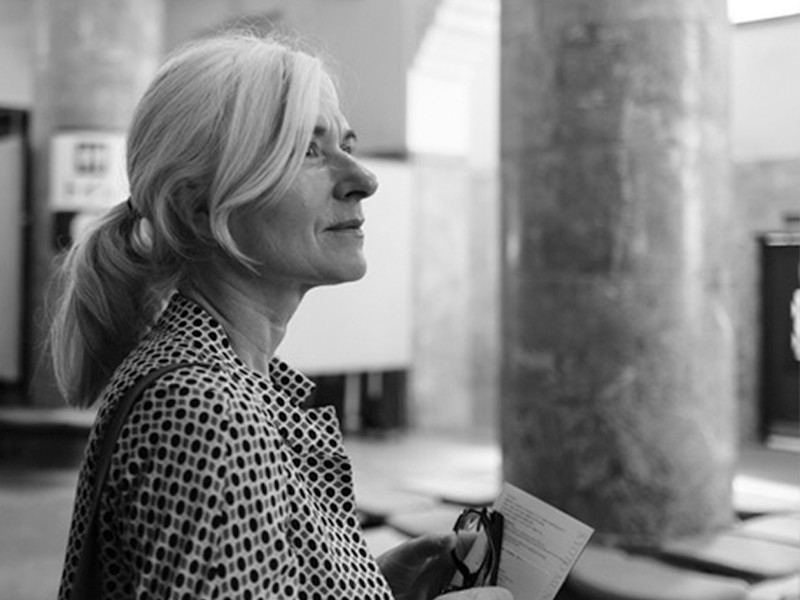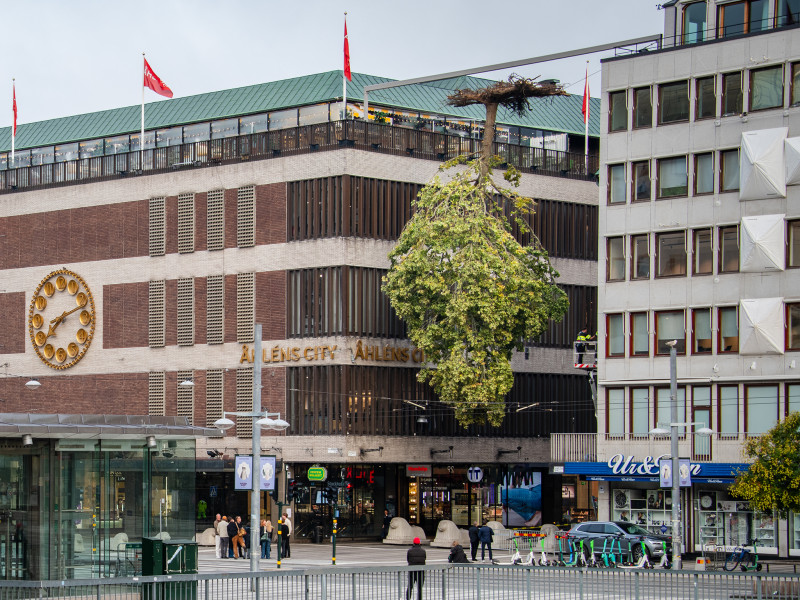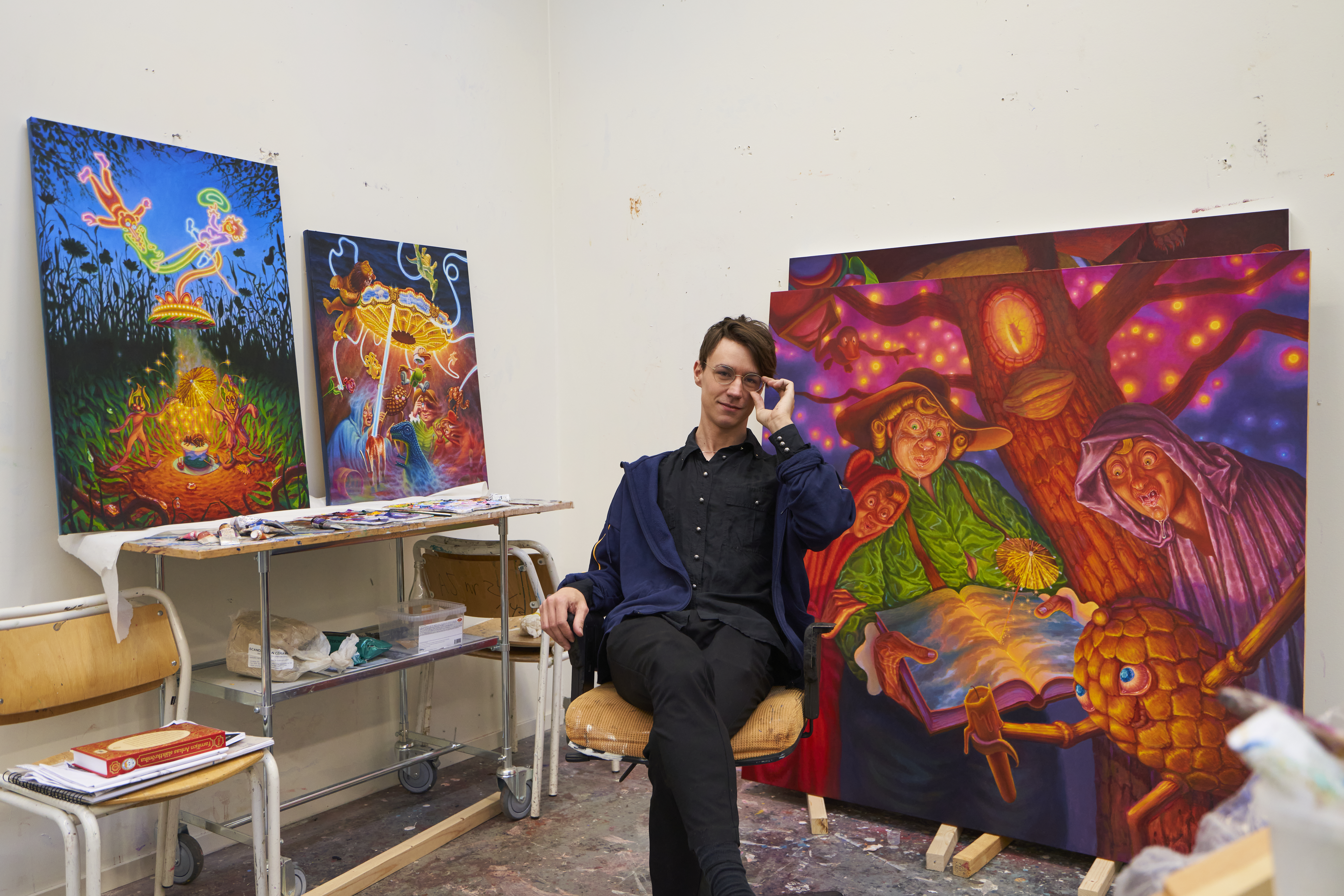Rudolf Nordström Natt ute, Sol i Sinne Text by Pedro Westerdahl
Essay
November 27, 2023
There has never been an age, however rude and uncultivated, in which the love of landscape has not been in some way manifested. And how could it be otherwise? For man is the sole intellectual inhabitant of one vast natural landscape…
John Constable in one of his last lectures, given in 1836 (John Constable’s Discourses, Vol. XIV, 1970)
Artists’ studios are all very different. Some are tiny, some large; some are cluttered, some neat. Rudolf Nordström’s is usually to be found in the back of a car, traversing whatever continent, or country, he may find himself in. Working exclusively from the motif he defiantly sets up his easel by the roadside, or in the fields, exactly as the Barbizon painters, or the Impressionists, over a century earlier. An eager explorer, as well as a restless soul, Nordström tends to turn up in all sorts of places and contexts; the producer and DJ in Los Angeles or Ibiza; the designer and fashion icon in Berlin or Paris and, finally, nowadays; the painter visiting more countries and scenic places than most of us could dream of or hope for.
On the topic of enriching travel stories, Rembrandt (1606 – 1669) reputedly told his students: “-Do not travel, even to Italy”. Of course, getting over the Alps was quite a job in those days, and what Rembrandt, probably, meant was that there was no point in going anywhere unless you already knew how to draw and paint the landscape that surrounds you at home, to begin with. A true artist, you see, will always be aware of the possibilities offered at any given time or place. As David Hockney, famously, put it: “If you’d locked van Gogh in the dullest motel room in America for a week, with some paint and canvases, he’d come out with astonishing paintings and drawings of a rundown bathroom or a frayed carton”.
This conveniently brings us back to Nordström, a painter both nomadic and deeply rooted. Being a globetrotter par excellence Nordström’s first solo exhibition at CFHILL included landscapes from a variety of countries such as Kenya, Spain, France, Switzerland etc. This time around, though, his anticipated follow-up to the, much talked about, debut exhibition, Days, Years & Centuries, mainly focuses on his adopted home turf on the island of Gotland (located in the Baltic Sea, about 90 km east of the Swedish mainland). A homecoming of sorts to a place steeped in memories.
The memory of place is built into our genetic code. Artists and writers are identified with landscapes, landscapes with artists and writers. We are all imprinted with memories of place, and those memories have been fashioned and reinforced by books we have read and by paintings and images that we have seen. Nordström is no exception. The seasoned traveller has proven an avid visitor to museums and exhibitions, worldwide, whilst also being an omnivorous reader.
According to, once again, David Hockney: “We see with memory”, and it is the accretion of things seen, felt, and remembered, that marks out Nordström’s work in the landscape genre. The memory to which Hockney refers is a multi-layered phenomenon. At the most obvious level, it is constituted by personal associations with particular places, beyond that lies the resonances of particular topography in local and national history.
Just as important, however, is a deeply ingrained memory of artistic traditions, an ability to see the landscape refracted through the accumulated work of countless generations of earlier artists, and Nordström has responded to works from the full span of the history of art – Pieter Bruegel the Elder (c. 1525/30 – 1569), Caspar David Friedrich (1774 – 1840), John Constable (1776 – 1837), Paul Cézanne (1839 – 1906), Claude Monet (1840 – 1926), Carl Fredrik Hill (1849 – 1911), Vincent van Gogh (1853 – 1890) and many, many more.
If indeed one were to discuss potential artistic inspiration in more specific detail, then Vårljus obviously makes one think about earlier works by Karin Mamma Andersson (1962 - ) while Nocturne, nattsvart, Hall bears a certain resemblance to Afton, Barbizon/Mörkt månskenslandskap by Carl Fredrik Hill. Isn’t there also a hint of Caspar David Friedrich in the subliminal light so delicately depicted in Mellan Tid och Rum?
Although the fact may be surprising to some, landscape, and figurative, painting is positively thriving in the 21st century – indeed, the genres have arguably never felt as vital as they do today. A good and recent example could, for instance, be found in the rave reviews that have surrounded Peter Doig’s current exhibition Reflets du siècle at Musée d’Orsay in Paris.
Every generation looks differently and Nordström’s latest works offers us a brand-new view of the depicted landscape or object. Having previously enjoyed the sunlit landscapes of Kenya, Italy, Spain, and France; Nordström now returns to the cold northern light of his native Scandinavia, setting himself the challenge of painting in different and often demanding conditions, trying to catch the passing moment.
Driving down deserted country lanes and trudging through thick undergrowth the only deadlines he accepts are the deadlines of the season and, possibly, daylight. He watches and paints the morning light (Dusk to Dawn) and the evening light (Mellan dag och natt),
the pale light of the moon even (Nocturne, nattsvart, Hall), the birch (Vårljus), the spruce (A Friend of Mine I, Tofta) and the snow (Januarivinter, Othem). And for him, the winter is, often, as colourful as the spring.
Trees are a recurring, and central motif, presented in a variety of forms – from lush summer woodlands (En vanlig dag på börsen, Othem Norrbys) to the bare branches of winter when they take on a melancholy and isolated sentiment (Natt ute, sol i sinne). Trees are never more alive than in winter, as a matter of fact, when you can virtually sense the life force; thinned but straining, pulsing, the branches stretching achingly towards the light. Disregarding the laws of perspective, and with lines set out in several directions, these ancient catchers of space and light divides the surfaces of Nordström’s paintings whilst containing space within them.
These latest works present us with an opportunity to connect with, and appreciate, the beauty of the natural world around us. The paintings instil a sense of solace and tranquillity, whilst offering escape from our contemporary, fast-paced lives. In an increasingly urbanized, and chaotic, world these panels and canvases reminds us of a different, more harmonious, way of life. To this could also be added the aspect of environmental awareness. With growing concerns about climate change, works like these also serve as a visual reminder of the need for conservation and protection of natural resources. The drooping sunflowers with withered stems in Slutet / The End and Interiör, Othem Norrbys could serve as a cautionary tale.
Nordström’s landscapes and still lifes not only reveal his personal connection with each of the depicted places. They also, finally, testify to his ongoing investigation into the nature of looking, perception and representation; continuously rediscovering unique aspects of the same old views and vistas, or as T.S. Eliot (1888 – 1965), put it in ‘Little Gidding’, the last poem of his Four Quartets:
We shall not cease from exploration
And the end of all our exploring
Will be to arrive where we started
And know the place for the first time.


